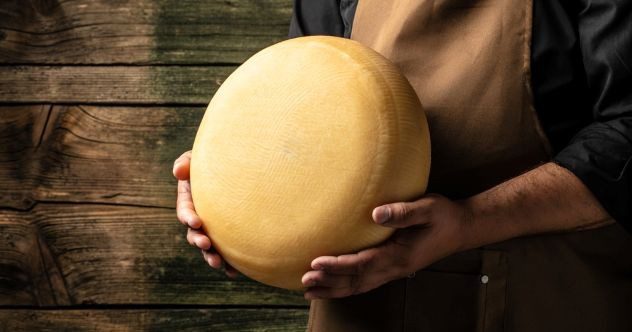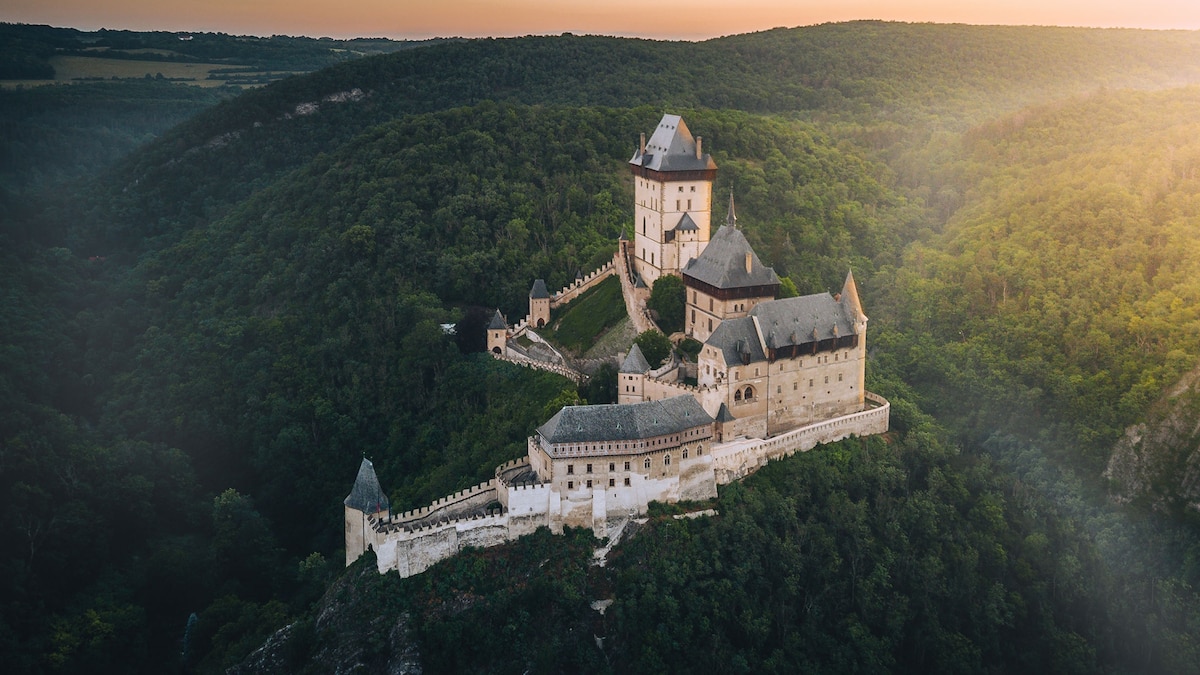Now Reading: How to spend the perfect day in Dresden, Germany
-
01
How to spend the perfect day in Dresden, Germany
How to spend the perfect day in Dresden, Germany

This article was produced by National Geographic Traveller (UK).
Dresden’s mural-adorned courtyards, modern artworks and yellow trams combine to make it an enigmatic city break destination. The Saxon capital offers laidback restaurants, riverside cafes and buzzing nightlife districts, all set in the shadows of its stately baroque buildings.
9am: King of the Zwingers
Beat the crowds and tick off one of Dresden’s biggest draws early, admiring the colonnaded courtyards, galleries and gardens of the Zwinger Palace, a masterpiece of baroque architecture built in the early 1700s by the Saxon ruler Augustus the Strong. Walk through the adjacent Theaterplatz, admiring the rebuilt Semperoper and Dresden Cathedral, then pop into Opera for a coffee and a hearty breakfast — the French toast is particularly good.
11am: Religious Renewal
Make the short walk to the Old Town’s Fürstenzug mural, the world’s largest porcelain artwork, then step inside the Frauenkirche, the latest symbol of Dresden’s architectural renewal. This Lutheran church, originally dating from the 18th century, was destroyed in the Second World War and rebuilt in 2005. It now stands as a pristine example of baroque architecture. Its gilded altar and pipe organ are impressive; there are organ demonstrations daily, as well as evening performances.

The Albertinum houses work by Dresden artists like Gerhard Richter — claimed to be the Picasso of the 21st century.
Photograph by Christian Kerber

East German comfort dishes like sossklopse (meatballs with caper sauce) can be savoured within the Royal Palace restaurant, Anna im Schloss.
Photograph by Christian Kerber
1pm: Delve into Dresden’s modern art
Near the Frauenkirche is the Albertinum, a contemporary art museum that houses work by Dresden artists such as Gerhard Richter, acclaimed as the Picasso of the 21st century. Less well known are the museum’s collections of East German pieces by artists such as Karl-Heinz Adler, whose work was banned from display by the Communist government. For lunch, try the nearby Anna im Schloss, where East German comfort dishes like sossklopse (veal meatballs in caper sauce) are served within the Royal Palace.
3pm: The New Theatre District
Take a 20-minute stroll west of the Old Town, or jump on one of Dresden’s yellow trams, to reach Kraftwerk Mitte, a cultural complex housed in a former power station. In the 19th century, this looming red-brick structure provided energy to the city, before falling into disuse — other than as a venue for illegal techno parties in the 1990s. Now it’s home to cafes, restaurants and a number of theatres.
5pm: Discover Saxon puppetry
Continue your exploration of the vast Kraftwerk Mitte site with a matinee performance at Staatsoperette Dresden, which stages operettas and musicals. Then, head next door to the Puppentheatersammlung, which houses a range of puppets from across the world, including Saxony’s long-standing puppet theatre tradition. In centuries past, puppetry was the means by which politics, fashion and satire were disseminated among ordinary people in Saxon towns and villages; the Puppentheatersammlung tells this story while staging topical puppet plays of its own.
7pm: Dresden’s New Town
Neustadt lies north of the Elbe River, a 20-minute walk or a short tram hop from Kraftwerk Mitte. This is Dresden’s buzzing nightlife district and, despite the name, it’s pretty old, much of it dating from the period after a fire ravaged the area in 1685. Modernity intrudes in striking ways, and nowhere more so than at the Museum of Military History, whose grand 1870s facade is ruptured by a steel-and-glass shard — a symbol of the fracturing nature of warfare.

Traditional regional dishes like venison goulash are complemented with Japanese soba bowls at the Neustadt restaurant, Villandry.
Photograph by Christian Kerber
8pm: Dinner at Villandry
One of Neustadt’s finest restaurants is hip, laid-back Villandry, where a small menu promises quality, seasonal ingredients. Offerings change regularly, but can include beef tongue with cornbread, vegetable strudel and venison goulash. Traditional regional dishes like these are complemented by those from further afield, like Japanese soba bowls; the common theme that runs through the menu is a richness and heartiness, perfect for warming up with on those often chilly east German evenings. There’s also a fantastic range of Saxon beers, and wines from the hills near Meissen.
10pm: Drinks in Neustadt
Today, Neustadt harbours some of the city’s artiest spots, such as Raskolnikoff, a bar, restaurant, hotel and art gallery housed in a listed 19th-century building. The property has been home to flats, an iron foundry and a dance hall over the years before becoming a squat for an art collective in the 1980s. Enjoy a drink or two and then head out to soak up the arty vibes of the Neustadt, making sure to check out the Kunsthofpassage, a series of courtyards adorned with colourful street murals.
Published in the June 2024 issue of National Geographic Traveller (UK).
To subscribe to National Geographic Traveller (UK) magazine click here. (Available in select countries only).























